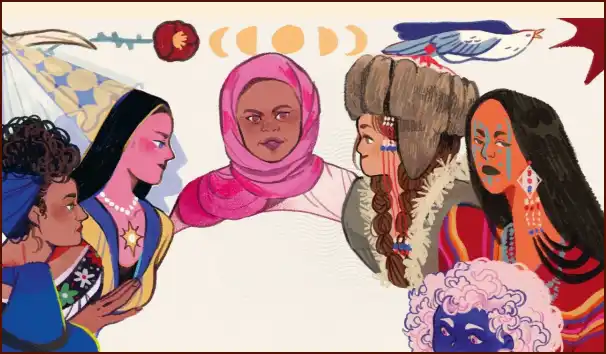In the context of Islam, which began in the 7th century, the relationship with magic is complex and primarily defined by religious texts. The holy book, the Qur’an, explicitly forbids the use of harmful magic, referred to by the Arabic word sihr. However, belief in supernatural beings and forces pre-dated Islam in the Arabian Peninsula and continued to influence folklore and cultural beliefs, creating a rich tapestry of stories and warnings about the supernatural world.
Table of Contents
🔥 The Invisible World of the Jinn
A significant element of this supernatural world is the belief in Jinn, shape-shifting spirits made of ‘smokeless flame’ that are typically invisible to humans. The Qur’an acknowledges them as creations of Allah, and they are depicted as beings with free will, capable of both good and evil, much like humans. The most dangerous among them are known as shayatin, or demons, who are to be feared. The concept of Jinn explains many mysterious phenomena and remains a prominent part of Islamic folklore.
📖 The Cautionary Tale of Harut and Marut
The Qur’an contains the story of Harut and Marut, two angels who criticized humanity’s sins to Allah. Challenged by Allah, they were sent to Earth to see if they could resist temptation themselves. They failed, and one of their sins was teaching magic and sorcery to the people of Babylon. As punishment, the angels were disgraced, but the knowledge of magic had been unleashed upon the world. This story serves as a powerful warning to Muslims about the inherent dangers and forbidden nature of practicing sorcery.
More Topics
- Curses: The History of the Evil Eye and Binding Magic
- Magical Plants: A Witch’s Garden of Herbs and Poisons
- Roman Magic: Curses, the Strix, and Everyday Protection
- Circe: The Greek Sorceress of Transformation and Myth
- Greek Magic: Hecate’s Power, Oracles, and Enchantresses
- Japanese Magic: Yōkai, Onmyōdō, and Supernatural Folklore
- Empress Chen Jiao: The Royal Scandal of Witchcraft in Han China

